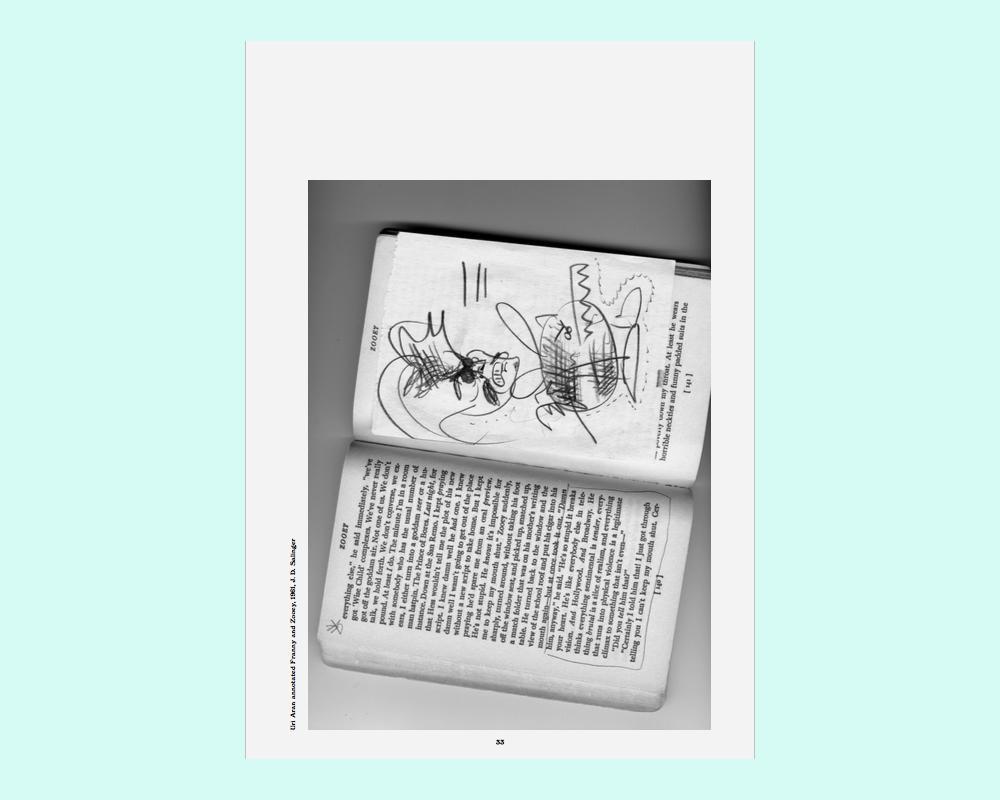创意群星闪耀的“心灵鸡汤”之书
Left, @dr.curlet, annotated by François Curlet. Right, One-Way Street, by Walter Benjamin, 1979, annotated by David Batchelor
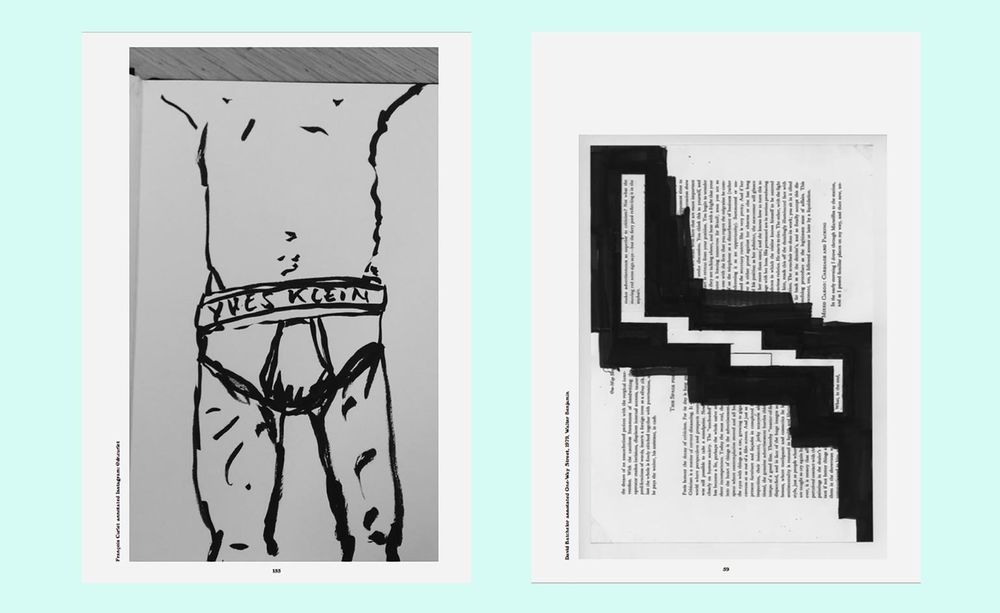
Artist Ryan Gander and critic Jonathan P Watts have spent the last year and a half delving into 281 of the most interesting creative minds of our time. They’ve gathered their findings into book form (or, more accurately, USB-book form), that you can buy for £5, by ‘downloading’ it from a pop-up vending machine in London’s Cork Street Galleries.
‘We asked a cohort of internationally creative people to imagine they’ve missed the last train home,’ Gander and Watts write in the introduction. They asked: ‘Is there one piece of writing that you would want with you for company in the small hours?’ Each creative figure submitted a text with personal annotations and notes made directly onto it. The impressive reel of contributors – which spans three A4 content pages – includes Marina Abramović, Art & Language, Antony Gormley, Olafur Eliasson, Ragnar Kjartansson, Sarah Lucas, Alistair Hudson, Tony Chambers and Hans Ulrich Obrist.
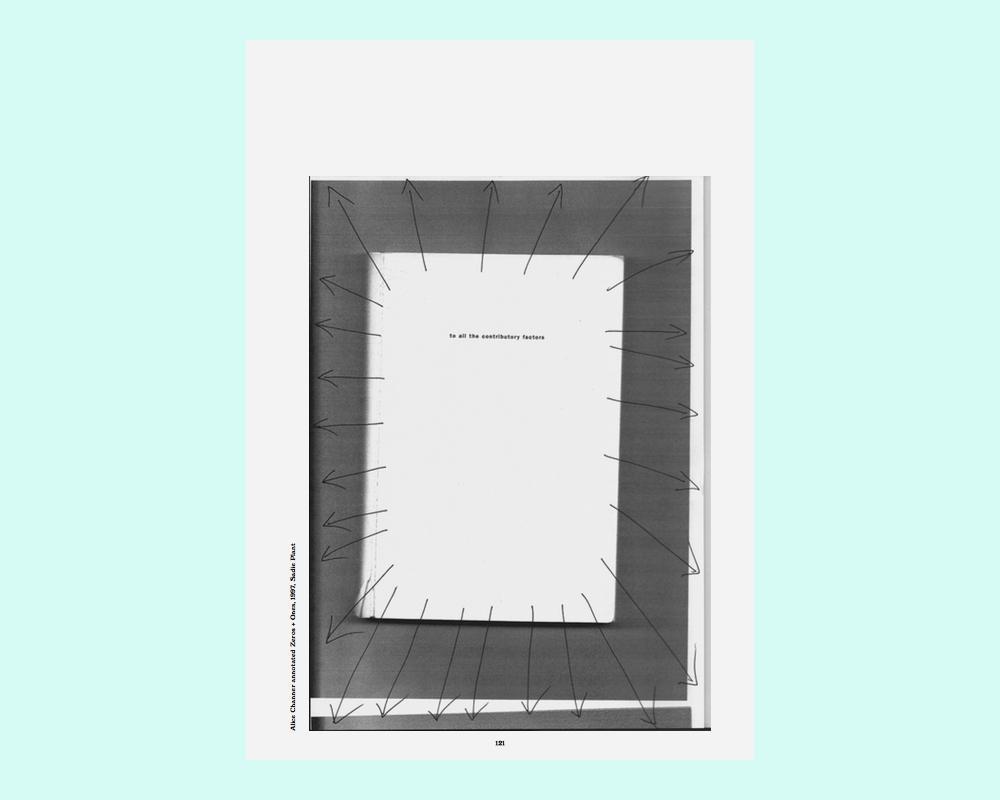
Zeros + Ones, by Sadie Plant, 1997, annotated by British sculptor Alice Channer
Which text each creative figure picked is as revealing as what they scribbled on it. Kjartansson chose an extract by fellow Icelander and Nobel Prize winner Halldór Laxness; Eliasson chose Sensorium – Embodied Experience, Technology, and Contemporary Art, by Bruno Latour 2006; and Pedro Reyes, (who, along with his wife Carla Fernández, has just been awarded the Design Miami/ Design Visionary Award for 2018) picked Who Shall Survive?: Foundations of Sociometry, Group Psychotherapy and Sociodrama, by Jacob Levy Moreno, 1977.
Some of the annotations are elucidating: ‘Can my perspective through the camera be as open as these words?’ muses artist Rob Crosse at the close of Ash Wednesday, by Samuel R Delany, 2017. Some are instructional: ‘Worth straining your eyes for!’ writes artist Pavel Buchler on the almost illegible How I Write, written in tiny typewriter print by Viktor Shklovsky in 1930. Others still are filled with the mundanity of the everyday: ‘+ wine / + broccoli / + beans / + tampons’ reads a shopping list at the dogged-edge of SCUM Manifesto, by Valerie Solanas, 1967, as picked by British artist Rachel Ara.
The pages are haphazardly scanned into the book; a communal, global scrapbook of the digital age. ‘As a non-profit project, our hope is to create an educational resource that can be used as both a teaching aid for future generations alongside being an archive that captures personal mementos and unique perspectives from a variety of contributors that are at the forefront of our contemporary society,’ write Gander and Watts. ‘The Annotated Reader will be a curriculum, an index and an ethics’. §
Will Happiness Find Me?, by Peter Fischli & David Weiss, 2003, annotated by William Cobbing

Introduction, Cartographic Cinema, by Tom Conley, 2006, annotated by John Bloomield
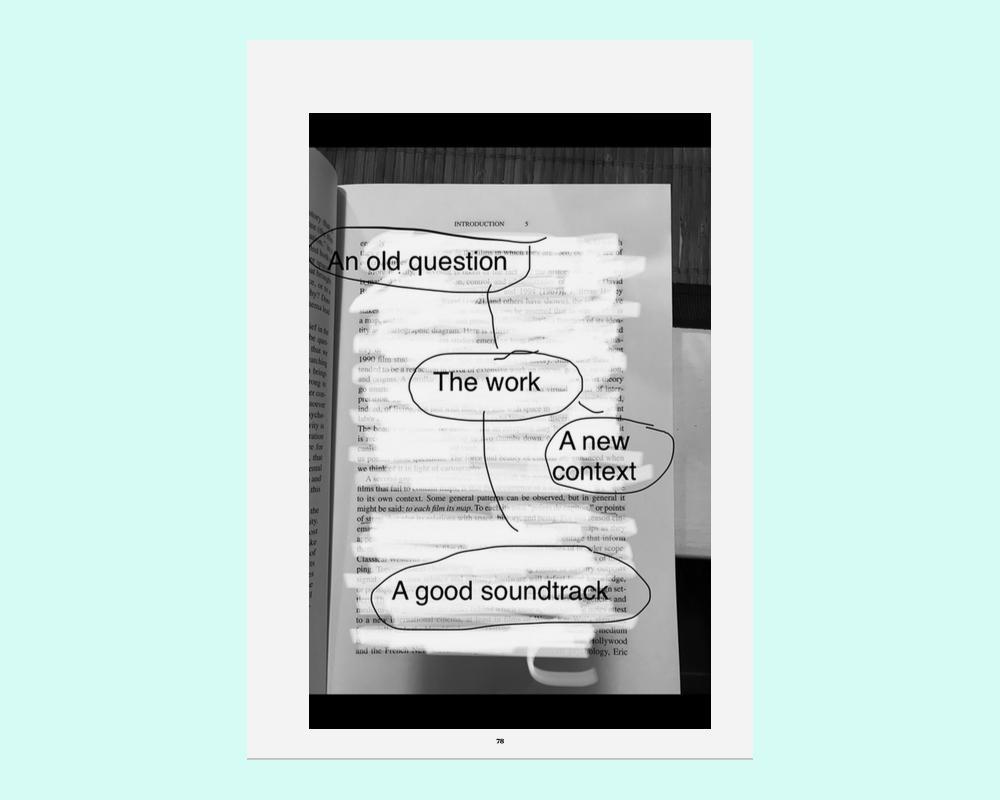
SCUM Manifesto, Valerie Solanas, 1967, annotated by Rachel Ara
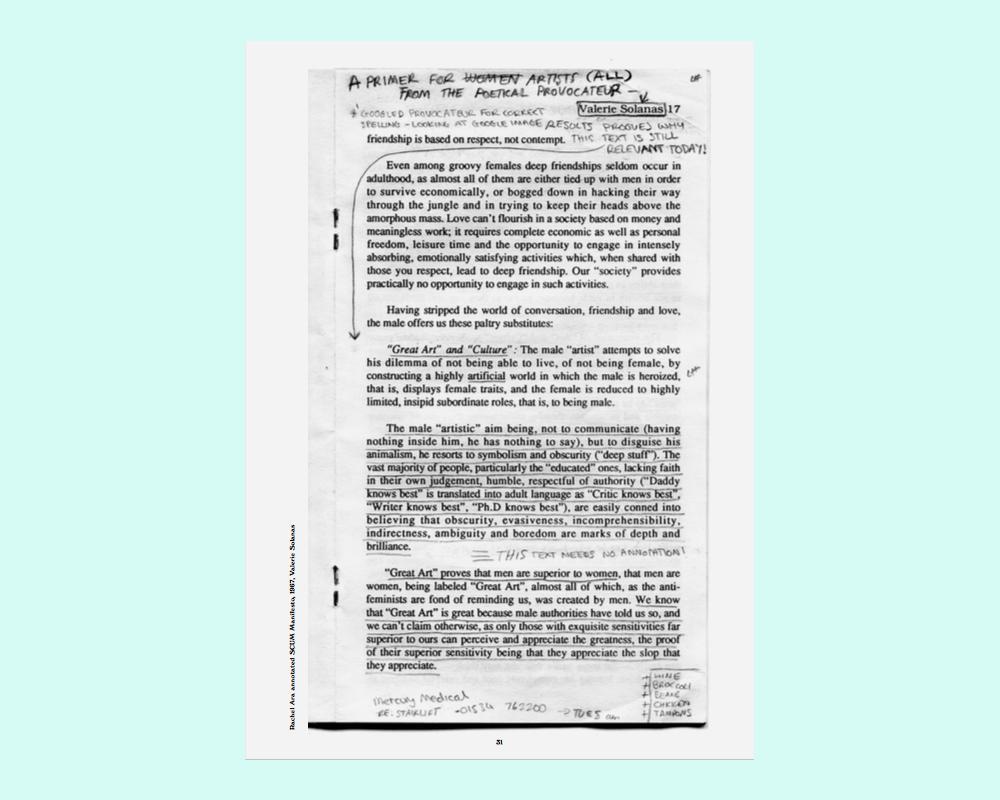
Franny and Zooey, by JD Salinger, 1961, annotated by Uri Aran
